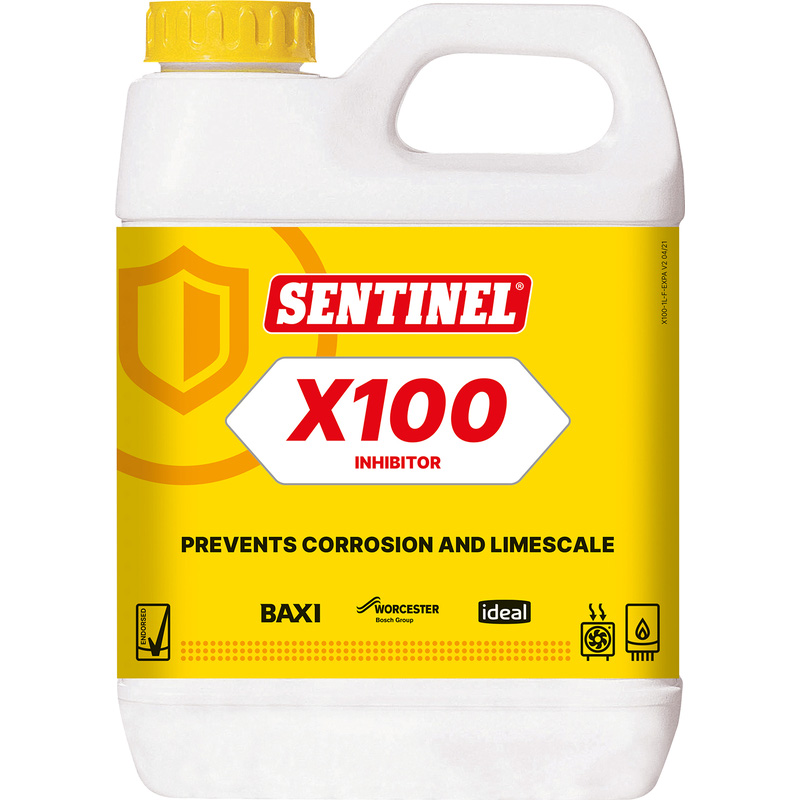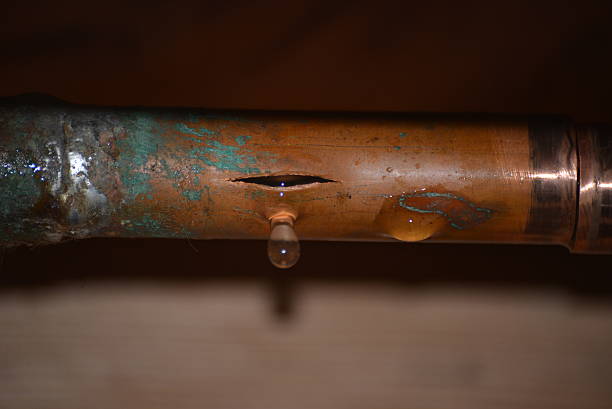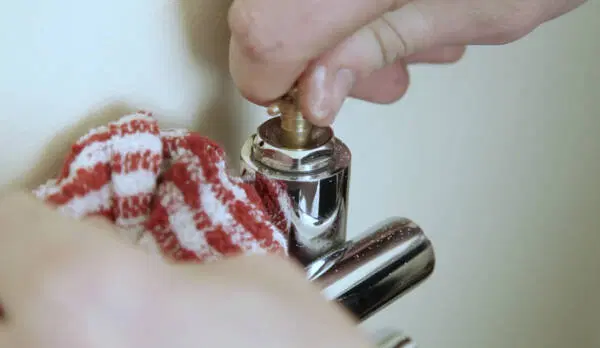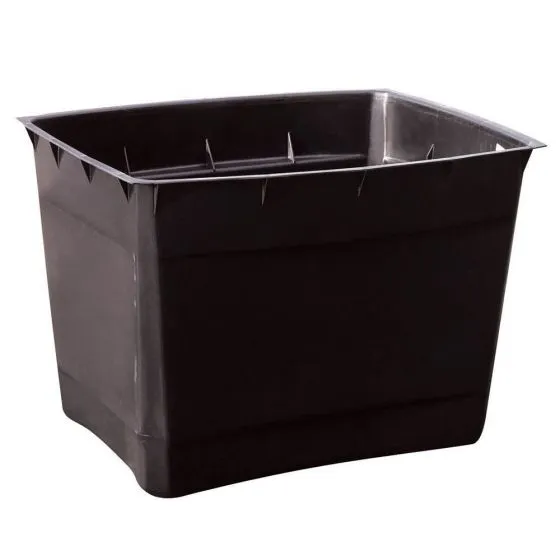A heating system inhibitor is a chemical treatment that is added to the water in a central heating system to prevent corrosion and extend the life of the system. In this article, we’ll explore the benefits and costs of using a heating system inhibitor, as well as other important factors to consider.
Benefits of using heating system inhibitor
A heating system inhibitor is a chemical treatment that is added to the water in a central heating system to prevent the corrosion of metal pipes and radiators. Corrosion is a natural process that occurs when metal is exposed to water and oxygen, and it can cause serious damage to a heating system over time. By inhibiting the corrosion process, a heating system inhibitor can help extend the life of a central heating system and improve its efficiency.

There are several benefits to using a heating system inhibitor, including:
Improved efficiency
A heating system that is free from corrosion is able to operate more efficiently, as there is less resistance in the pipes and radiators. This can result in lower energy bills and a more comfortable home.
Extended lifespan
Corrosion can significantly shorten the lifespan of a central heating system. By using a heating system inhibitor, you can help protect your system and extend its lifespan.
Reduced maintenance costs
A heating system that is prone to corrosion is more likely to require frequent repairs and maintenance. By using a heating system inhibitor, you can reduce the need for these costly repairs.
Improved safety
Corroded pipes and radiators can be a serious safety hazard, as they can rupture and cause water damage to your home. By using a heating system inhibitor, you can help prevent these types of incidents.
The cost of using a heating system inhibitor will depend on the size of your system and the type of inhibitor you choose. Some inhibitors are more effective than others, and they may be more expensive as a result. It’s important to do your research and choose an inhibitor that is right for your system.
Other factors to consider
In addition to the benefits and costs of using a heating system inhibitor, there are a few other factors to consider:
- Compatibility: It’s important to choose an inhibitor that is compatible with your heating system and the type of water that you have. Some inhibitors are not suitable for use with certain types of systems or water.
- Ease of use: Some heating system inhibitors are easier to use than others. Some can be added directly to the central heating system, while others may require special equipment or trained professionals to apply.
- Environmental impact: Some heating system inhibitors may have an environmental impact, either through their manufacture or disposal. It’s important to consider the environmental impact of the inhibitor you choose.
What happens when inhibitor is not used?
If you don’t use a heating system inhibitor, your central heating system is at risk of corrosion. Corrosion is a natural process that occurs when metal is exposed to water and oxygen, and it can cause serious damage to a heating system over time.
Corroded pipes and radiators can become clogged, reducing the efficiency of the system and leading to higher energy bills. In severe cases, corrosion can cause pipes and radiators to burst, leading to water damage and costly repairs.
Using a heating system inhibitor can help prevent these issues and protect your central heating system.

How is central heating inhibitor added?
Central heating inhibitors are typically added to the water in your central heating system. The specific method of adding the inhibitor will depend on the type of system you have. In a standard gravity-fed system, the inhibitor can be added to the expansion tank or the feed and expansion tank.
In a pressurised system, the inhibitor can be added to the filling loop or a towel radiator. It’s important to follow the manufacturer’s instructions when adding a heating system inhibitor, as different systems may have different requirements.
How often to top central heating inhibitor?
The frequency with which you should change the heating system inhibitor in your central heating system will depend on the type of inhibitor you are using and the condition of your system. Some inhibitors are designed to last for several years, while others may need to be replaced more frequently, like once a year.
It’s important to follow the manufacturer’s recommendations for the specific inhibitor you are using, as well as to keep an eye on the condition of your system. If you notice any changes in the performance of your system, it may be time to replace the inhibitor.
How to add inhibitor via a heated towel rail?

To add a heating system inhibitor to your central heating system via a heated towel rail, you will need to locate the bleed valve on the towel rail. The bleed valve is typically located at the top of the rail, and it is a small valve that is used to release air from the system. Once you have located the bleed valve, follow these steps:
- Turn off your central heating system and allow the water to cool.
- Place a cloth or towel under the bleed valve to catch any water that may be released.
- Using a radiator key or a flat-head screwdriver, carefully open the bleed valve by turning it anticlockwise.
- Once a steady stream of water is flowing from the valve, slowly add the heating system inhibitor according to the manufacturer’s instructions.
- Once all of the inhibitor has been added, close the bleed valve by turning it clockwise.
- Turn your central heating system back on and allow the water to circulate for a few hours to ensure that the inhibitor is evenly distributed throughout the system.
How to add inhibitor via a loft tank?

To add a heating system inhibitor to your central heating system via a loft tank, you will need to locate the feed and expansion tank in your loft. The feed and expansion tank is a large tank that is used to store water and regulate the pressure in your central heating system. Once you have located the tank, follow these steps:
- Turn off your central heating system and allow the water to cool.
- Locate the filler cap on the feed and expansion tank. The filler cap is typically a large, round cap that is used to add water to the tank.
- Using a radiator key or a flat-head screwdriver, carefully remove the filler cap by turning it anticlockwise.
- Slowly add the heating system inhibitor according to the manufacturer’s instructions.
- Once all of the inhibitor has been added, replace the filler cap by turning it clockwise.
- Turn your central heating system back on and allow the water to circulate for a few hours to ensure that the inhibitor is evenly distributed throughout the system.
How to add inhibitor to a pressurised heating system?
To add a heating system inhibitor to a pressurised heating system, you will need to locate the filling loop, or expansion vessel. The filling loop is a small valve that is used to add water to the system, and the expansion vessel is a container that is used to regulate the pressure in the system. Follow these steps to add a heating system inhibitor to a pressurized heating system:
- Turn off your central heating system and allow the water to cool.
- Locate the filling loop or expansion vessel.
- If you are using the filling loop, locate the valves on either end of the loop. If you are using the expansion vessel, locate the filler cap.
- If you are using the filling loop, turn the valves anticlockwise to open them. If you are using the expansion vessel, remove the filler cap by turning it anticlockwise.
- Slowly add the heating system inhibitor according to the manufacturer’s instructions.
- If you are using the filling loop, close the valves by turning them clockwise. If you are using the expansion vessel, replace the filler cap by turning it clockwise.
- Turn your central heating system back on and allow the water to circulate for a few hours to ensure that the inhibitor is evenly distributed throughout the system.
What should you be careful of when using inhibitor?
There are a few things to be careful of when using a heating system inhibitor:
Compatibility
It’s important to choose an inhibitor that is compatible with your heating system and the type of water you have. Some inhibitors are not suitable for use with certain types of systems or water, and using an incompatible inhibitor can cause damage to your system.
Dosage
It’s important to follow the manufacturer’s instructions for the correct dosage of the inhibitor. Using too much inhibitor can be harmful to your system, while using too little may not provide sufficient protection.
Handling
Some inhibitors may be toxic or irritant, and it’s important to handle them with caution. Follow the manufacturer’s instructions for safe handling and storage of the inhibitor.
System shutdown
It’s important to turn off your central heating system and allow the water to cool before adding the inhibitor. Adding the inhibitor to a hot system can cause it to boil and release steam, which can be dangerous.
Trapped air
When adding an inhibitor to a central heating system, it’s important to be aware of the risk of air locks. Air locks occur when air becomes trapped in the system, which can reduce the efficiency of the system and cause it to overheat. You may need to bleed the system through a radiator in case of trapped air.
To avoid air locks, it’s important to slowly add the inhibitor and allow the water to circulate for a few hours after adding the inhibitor to ensure that it is evenly distributed throughout the system.

